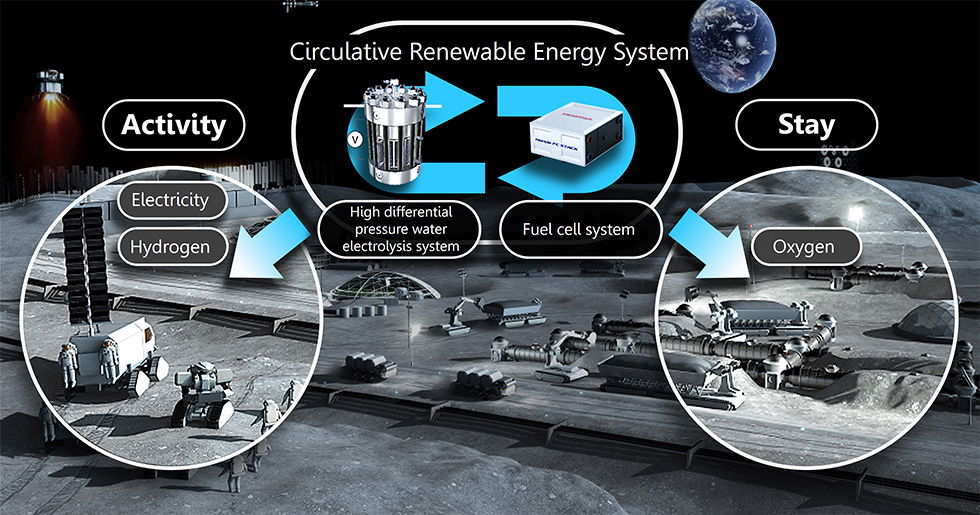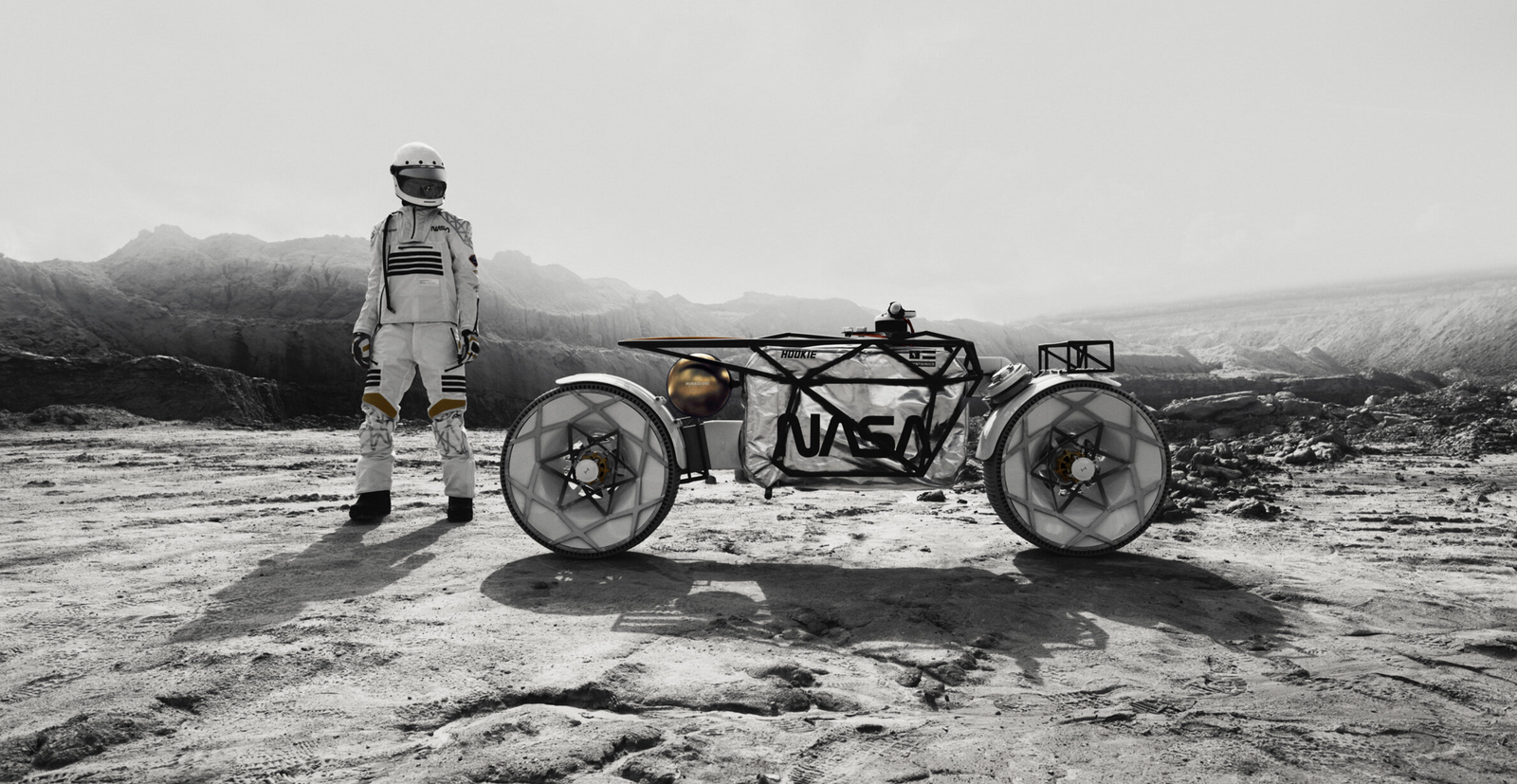Honda heads for the moon, with circulative renewable energy system
Honda is developing a circulative renewable energy system which is hoped to help sustain scientists as they live on the lunar surface

HONDA is beginning work on a new energy generation system that is hoped to help humans survive and explore the surface of the moon.
The system, called the Circulative Renewable Energy System, uses electrolysis and solar energy to produce oxygen, hydrogen, and electricity. The system will have to deal with the moon’s special conditions. One of which is the cycle with which the earth’s closest neighbour rotates. On some parts of the moon’s surface, there is a cycle of 14 earth days of sunlight, and 14 of darkness. The system will have to generate the required oxygen, hydrogen, and electricity during days of sunlight, and store it in tanks for use during the dark.
A statement on Honda Global site reads:
'After signing a joint research agreement with JAXA in November 2020, Honda pursued research on the circulative renewable energy system for use on the surface of the Moon. The signing of this new R&D contract represents another step forward for Honda.'

The technology centres around a high differential pressure water electrolysis system, that utilises electricity generated from solar power to electrolyse water to produce oxygen and hydrogen. The hydrogen and oxygen are then stored in tanks. Once the sun sets, a fuel cell system uses the stored oxygen and hydrogen to generate electricity which is used to sustain the living spaces on the moon. It’s hoped that the system will maintain lunar vehicles so that scientists can properly explore the moon’s surface.

What does the Honda moon mission mean for motorcycles?
Sadly, the press information from Honda makes no mention of motorcycles also heading out to the moon, although that isn’t to say that the project could one day have an application in the two-wheeled world. In agreeing to work on the system, Honda is taking on one of its most ambitious projects. The lunar surface is likely to be the most hostile environment the Japanese giant has ever had to work within, and with hydrogen power being looked at as a genuine replacement for fossil fuels, it could help to accelerate Honda’s plans back here on earth.
Talking about how the system could be used on earth, the press release on the Honda Global website explains:
'When it is used on Earth, the circulative renewable energy system can serve as a carbon-neutral energy supply system, which generates electricity by utilizing solar energy and the abundant water resources available on Earth. Honda will pursue research and development of its circulative renewable energy system with the initial goal to utilize it in outer space, then feed technologies amassed through this challenge back to Earth and strive to realize the company’s 2050 carbon neutrality goals'
More information can be found here.


